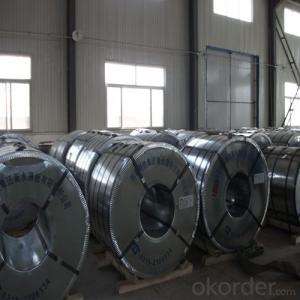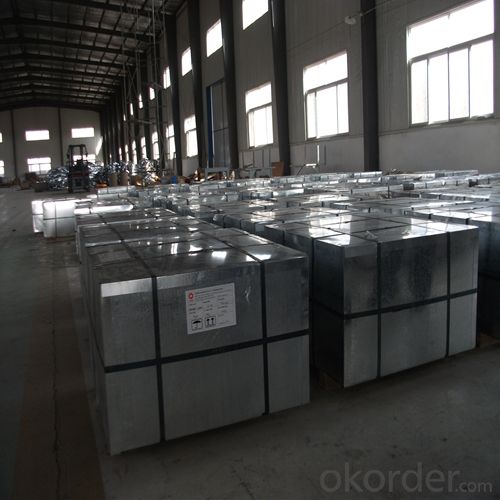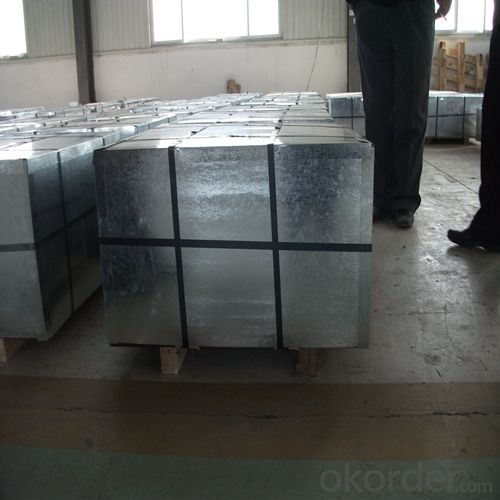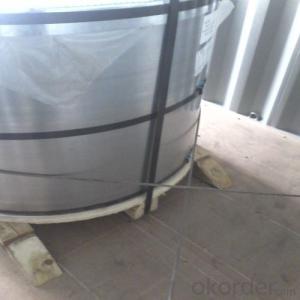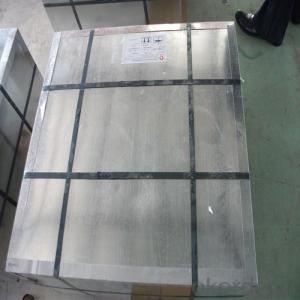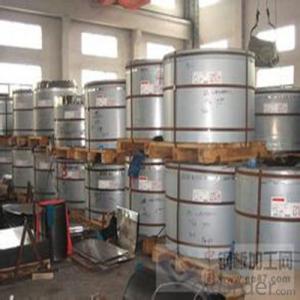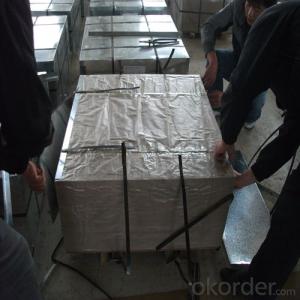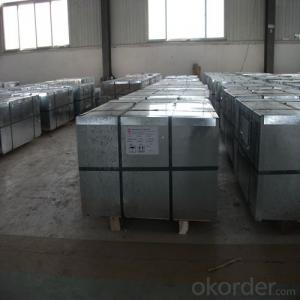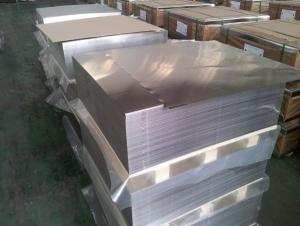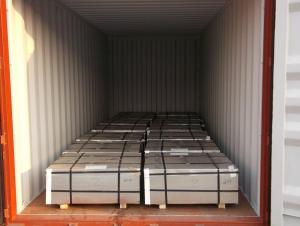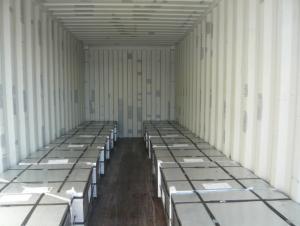Electrolytic Tinplate of High Quality for Metal Container 0.155
- Loading Port:
- Shanghai
- Payment Terms:
- TT OR LC
- Min Order Qty:
- 100 m.t.
- Supply Capability:
- 15000 m.t./month
OKorder Service Pledge
OKorder Financial Service
You Might Also Like
1.Structure of Electrolytic Tinplate of High Quality for Metal Container 0.155 Description
Tinplate is a thin steel sheet coated by tin. It has an extremely beautiful metallic luster as well as excellent properties in corrosion resistance, solder ability, and weld ability.Its applications are not limited to containers; recently, tinplate has also been used for making electrical machinery parts and many other products.
2.Main Features of the Electrolytic Tinplate of High Quality for Metal Container 0.155
Electrolytic Tinplate undoubtedly enjoys the pride of place as a packaging medium especially for food. It owes its unique position to its "nine layer sandwich structure", each of which contributes to its eminence as a packing material. The steel base of electrolytic tinplate provides the necessary strength and formability for can fabrication. The tin-iron alloy layer provides the bond between the steel and free tin layer. The free tin layer is not only responsible for the attractive bright finish and ease of solderability but is also non-toxic- a factor of vital importance in food packaging!
3.Electrolytic Tinplate of High Quality for Metal Container 0.155 Images
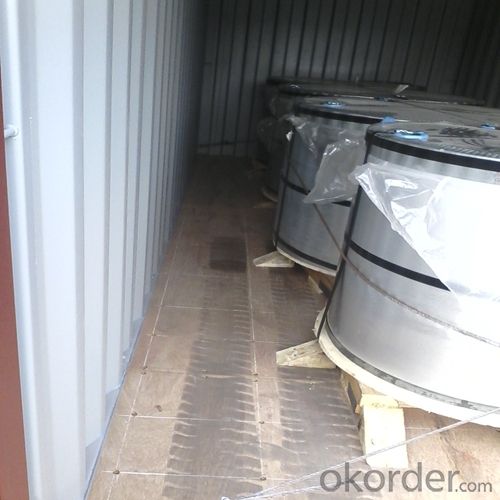
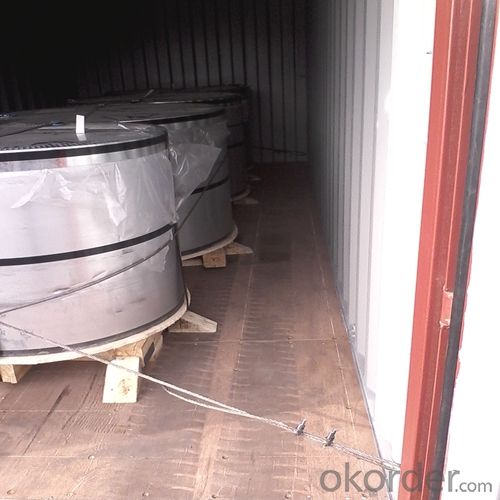
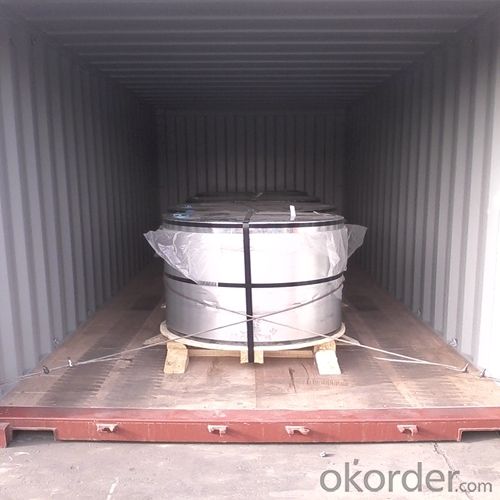
4.Electrolytic Tinplate of High Quality for Metal Container 0.155 Specification
Standard: BS EN 10202
Material: MR
Thickness:0.155mm
Width:860mm
Temper: DR8
Annealing: CA
Coil Inner Diameter: 508mm
Weight: 6-10 tons/coil 1~1.7 tons/sheets bundle
Passivation:311
Oil: DOS
Surface: Finish,bright,stone,matte,silver
5.FAQ of Electrolytic Tinplate of High Quality for Metal Container 0.155
1. What is the delivery time for your prime quality tinplate?
Usually 35 days after order confirmation.
2. What is your Minimum Order Quantity?
Usually MOQ is 50tons for one single size, for trial order, it can be 25 tons.
3. What is the payment term?
The most common we use is L/C at sight or TT. We can also try use other terms.
- Q: What are the environmental benefits of using tinplate?
- There are several environmental benefits of using tinplate. Firstly, tinplate is highly recyclable, meaning it can be reused multiple times without losing its properties. This helps reduce the demand for new raw materials and decreases the amount of waste sent to landfills. Additionally, tinplate is resistant to corrosion, which means it has a longer lifespan compared to other packaging materials. This reduces the need for frequent replacements, thereby conserving resources and reducing overall environmental impact. Lastly, tinplate has excellent barrier properties, which protect the contents of the packaging from external factors such as moisture, light, and oxygen. This helps preserve the quality and freshness of the products, reducing food waste and promoting sustainability.
- Q: Can tinplate be used for packaging of chemicals?
- Yes, tinplate can be used for the packaging of chemicals. Tinplate is a durable and corrosion-resistant material that can withstand the harsh conditions and potential reactivity of certain chemicals. It provides a protective barrier against moisture, oxygen, and light, ensuring the integrity and safety of the packaged chemicals. Additionally, tinplate is also recyclable, making it an environmentally friendly choice for chemical packaging.
- Q: How does tinplate handle exposure to extreme temperatures?
- Tinplate generally handles exposure to extreme temperatures quite well. It has a high melting point and can withstand high temperatures without deforming or losing its structural integrity. Additionally, tinplate has good thermal conductivity, allowing it to dissipate heat quickly. However, prolonged exposure to extremely high temperatures may cause some oxidation or discoloration on the tin coating. Overall, tinplate is a reliable material for various applications in extreme temperature conditions.
- Q: What are the different methods of cutting and shaping tinplate?
- Some of the different methods of cutting and shaping tinplate include shearing, stamping, laser cutting, and forming.
- Q: What are the main applications of tinplate in the electrical industry?
- Tinplate is commonly used in the electrical industry for various applications such as manufacturing of electrical enclosures, transformers, and other electrical components. Its corrosion-resistant properties make it ideal for protecting electrical equipment from moisture and other environmental factors. Additionally, tinplate's excellent solderability allows for easy assembly and connection of electrical circuits.
- Q: Can tinplate be painted?
- Yes, tinplate can be painted.
- Q: What are the main applications of tinplate in the energy industry?
- Tinplate finds various applications in the energy industry, primarily in the manufacturing of batteries and solar panels. It is commonly used as a protective coating for the metal components of batteries, preventing corrosion and extending their lifespan. Additionally, tinplate is used in the production of solar panels, where it acts as a reliable barrier against moisture and other environmental factors, ensuring the longevity and efficiency of the panels.
- Q: How does tinplate affect the overall weight of packaging?
- Tinplate generally adds weight to packaging due to its metal composition, which can increase the overall weight of the packaging material.
- Q: What are the typical tooling costs for tinplate production?
- The typical tooling costs for tinplate production vary depending on factors such as the complexity of the design, size of the production run, and specific requirements. However, tooling costs for tinplate production can range from a few thousand dollars to tens of thousands of dollars.
- Q: How does tinplate packaging contribute to product protection against odors?
- Tinplate packaging contributes to product protection against odors due to its ability to create a barrier between the product and the external environment. The non-porous nature of tinplate prevents the penetration of odorous substances, ensuring that the product remains uncontaminated and free from any unwanted smells. Additionally, tinplate packaging is often coated with a protective layer, further enhancing its ability to prevent odor transfer.
Send your message to us
Electrolytic Tinplate of High Quality for Metal Container 0.155
- Loading Port:
- Shanghai
- Payment Terms:
- TT OR LC
- Min Order Qty:
- 100 m.t.
- Supply Capability:
- 15000 m.t./month
OKorder Service Pledge
OKorder Financial Service
Similar products
Hot products
Hot Searches
Related keywords
